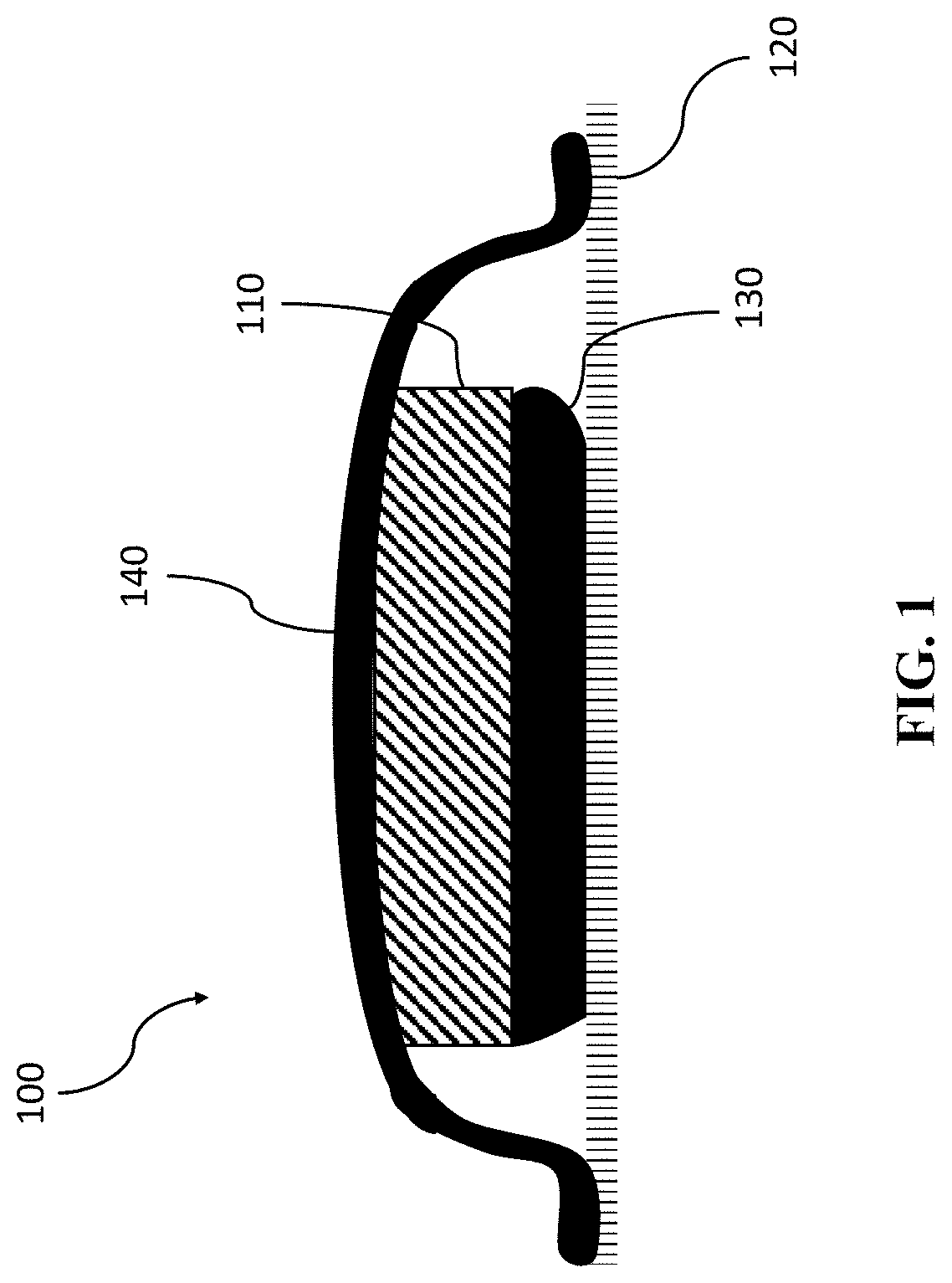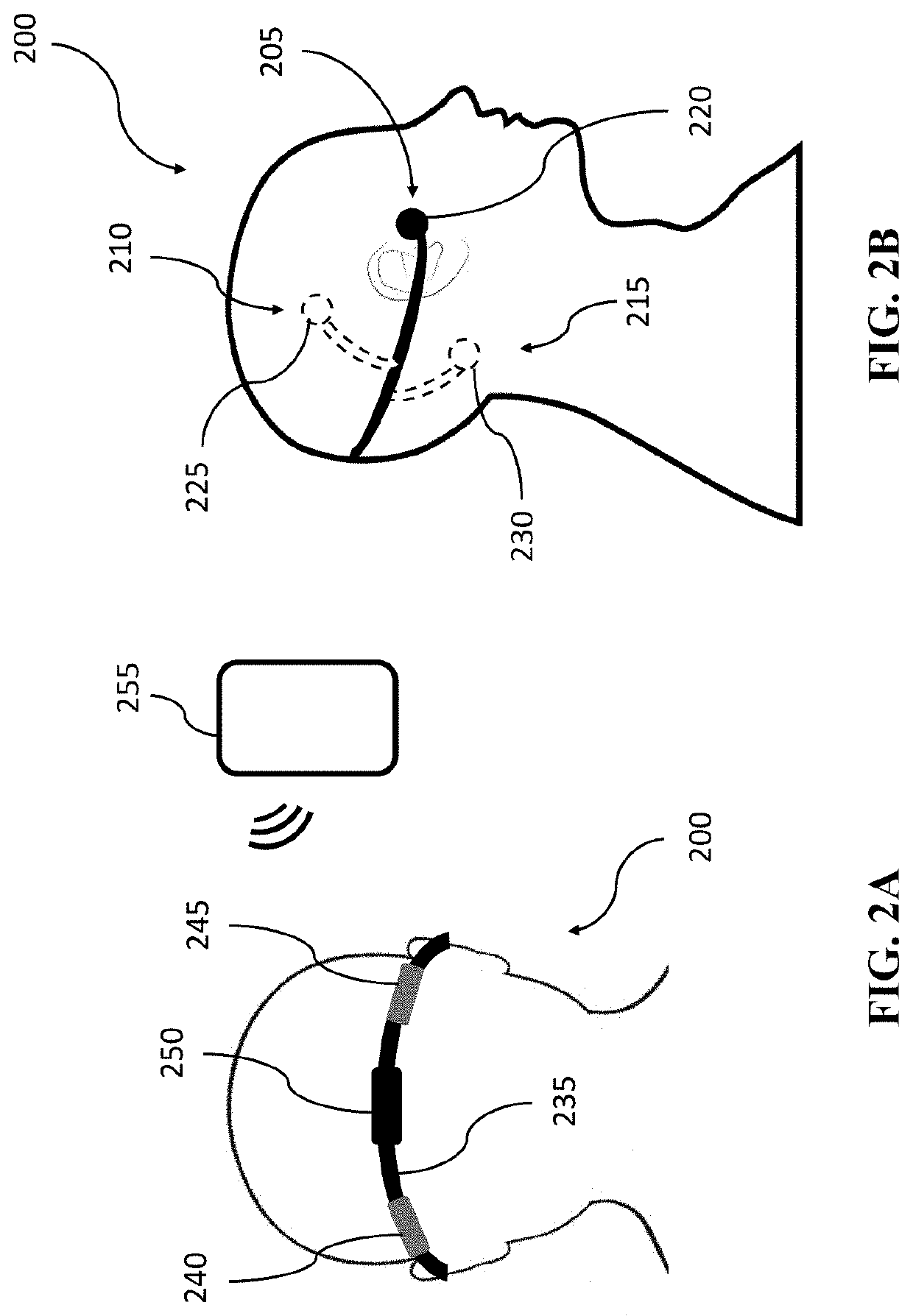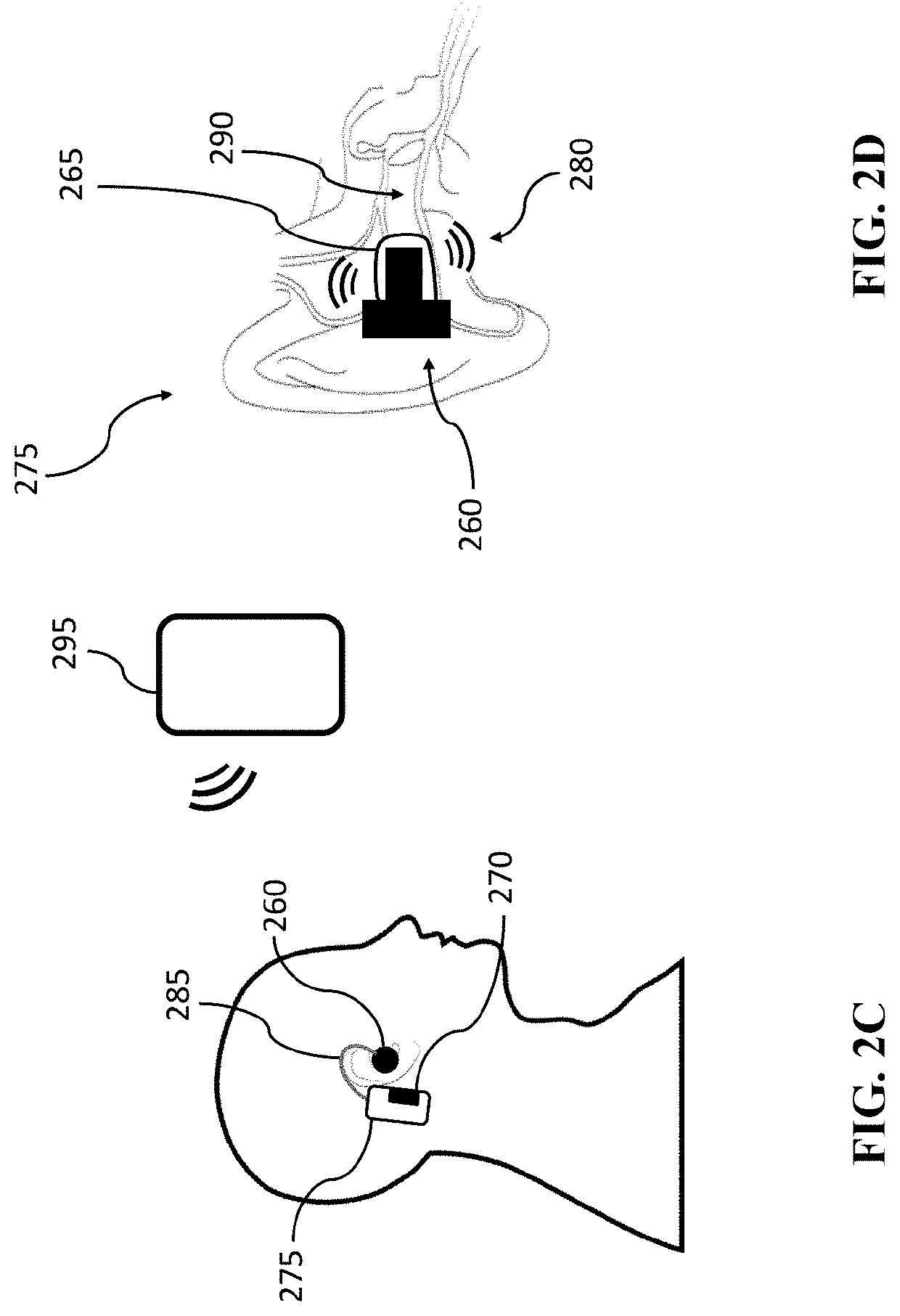System and method for multiplexed ultrasound hearing
a multiplexed ultrasound and hearing technology, applied in the field of multiplexed ultrasound hearing activation, can solve the problems of affecting the hearing of patients, conventional hearing aids or commercial hearing devices are inadequate for certain types of hearing loss caused, and smearing temporal and spectral information, so as to improve the activation effect, reduce tinnitus, and increase peripheral activity to the brain
- Summary
- Abstract
- Description
- Claims
- Application Information
AI Technical Summary
Benefits of technology
Problems solved by technology
Method used
Image
Examples
example
[0063]Ultrasound (US) stimulation may activate auditory circuits through peripheral structures, for example through vibrations of the cerebrospinal and cochlear fluid (FIG. 11A). As shown in this Example, amplitude-modulated ultrasound can selectively activate different neuronal populations depending on the modulating frequency. The selectivity of activation follows a consistent trend as would be expected for frequency-specific or tonotopic activation of the ICC.
[0064]FIGS. 11A-11G show amplitude modulation of ultrasound pulses which lead to safe and selective activation of neural populations in auditory structures of guinea pigs. A transducer 1100 emits ultrasound waveforms 1110 with a high center frequency (FIG. 11A) and the carrier waveform may be modulated using frequencies in the audible-hearing range. Without being limited as to theory, it is hypothesized that the pressure waves undergo non-linear demodulation, allowing for the perception of the envelope signal. Experiments we...
PUM
 Login to View More
Login to View More Abstract
Description
Claims
Application Information
 Login to View More
Login to View More - R&D
- Intellectual Property
- Life Sciences
- Materials
- Tech Scout
- Unparalleled Data Quality
- Higher Quality Content
- 60% Fewer Hallucinations
Browse by: Latest US Patents, China's latest patents, Technical Efficacy Thesaurus, Application Domain, Technology Topic, Popular Technical Reports.
© 2025 PatSnap. All rights reserved.Legal|Privacy policy|Modern Slavery Act Transparency Statement|Sitemap|About US| Contact US: help@patsnap.com



